How To Train a Dog With High Work Drive

June 1, 2020
Garmin Ambassador Sam Wells works with his Deutsch Drahthaar pup Jäger with morning and evening sessions, sandwiched around an afternoon relaxation period.
He walks you through in this photo blog:
MORNING TRAINING
Objective: Collar Conditioning Heel Command
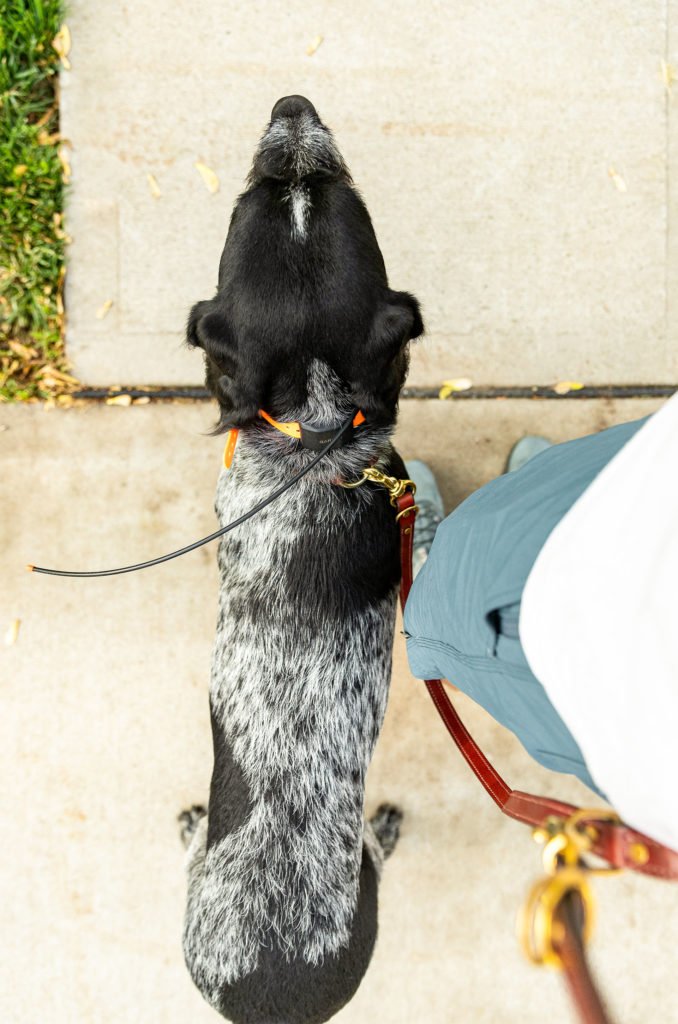
SAM WELLS: Jäger understands the “heel” command on and off the leash. Now that he has a clear understanding of the command, the next step will be to overlay stimulation on the collar. This light stimulation will serve as my leash while we are in the field.
For this training, I start with both the leash and e-collar (TT 15 Mini Dog Device) on him. I give the “heel” command and we start to walk. If he gets out in front of me, I apply light pressure with the e-collar and pull on the leash while giving the ‘‘heel’’ command again.
Having a solid “heel” is really important for me. It will keep my dog safe and help him conserve energy in the field.
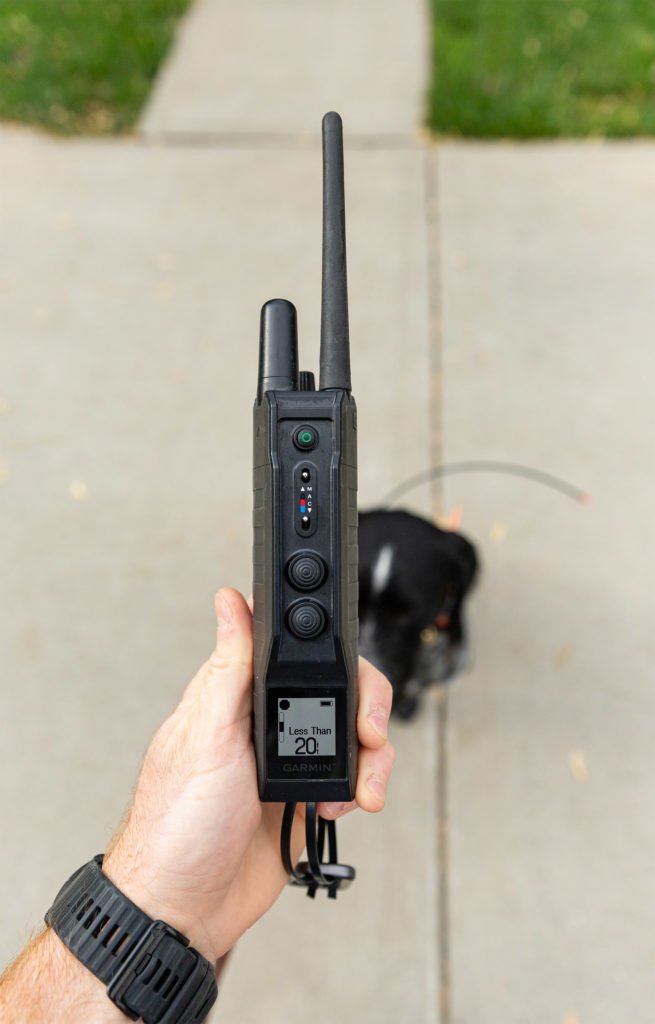
SW: For this specific task, I use ‘‘momentary’’ stimulation. I love the versatility of the Pro 550 Plus. It allows me to go from momentary to constant stimulation with the flip of a switch.

SW: After training it’s good to let your pup relax. Jäger loves to lay in the sun at the front of the house and keep a close eye on the neighborhood.
AFTERNOON TRAINING
Objective: Hold Training
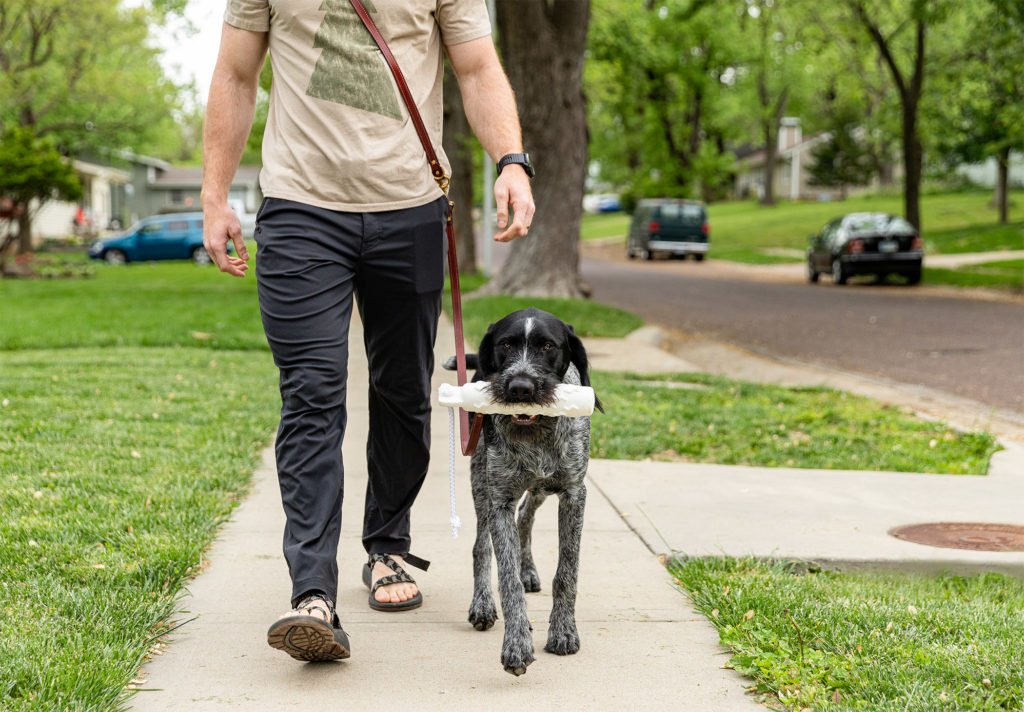
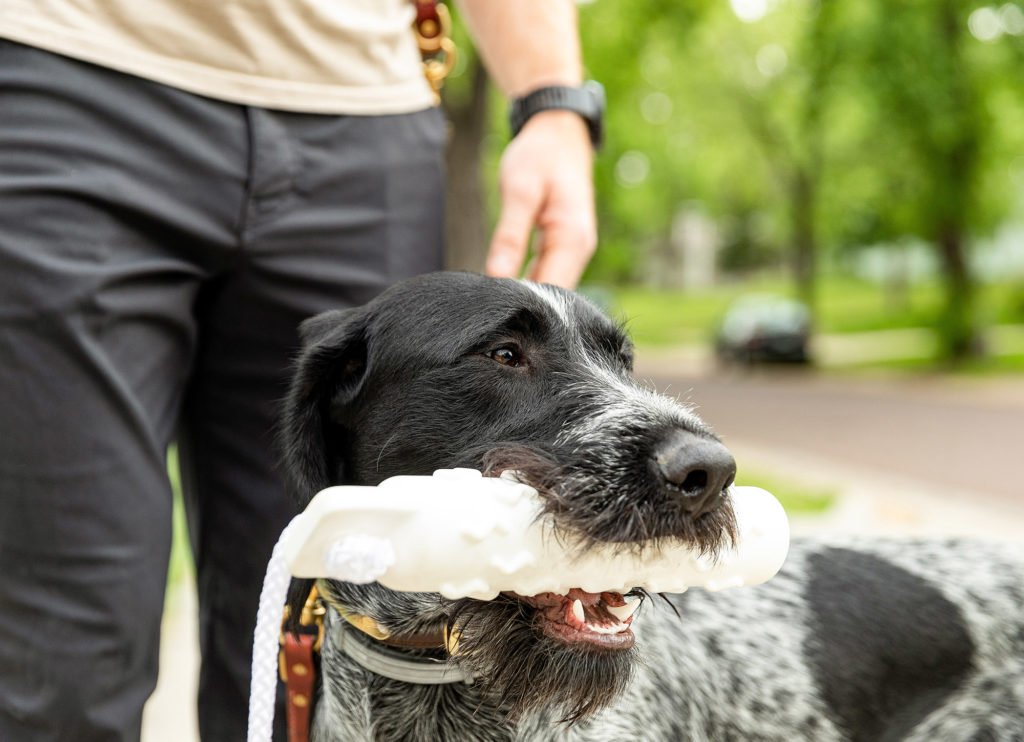
SW: These are the tools I used during hold training.
It’s good to use several different sizes and weights to ensure your dog will be able to retrieve all kinds of game.
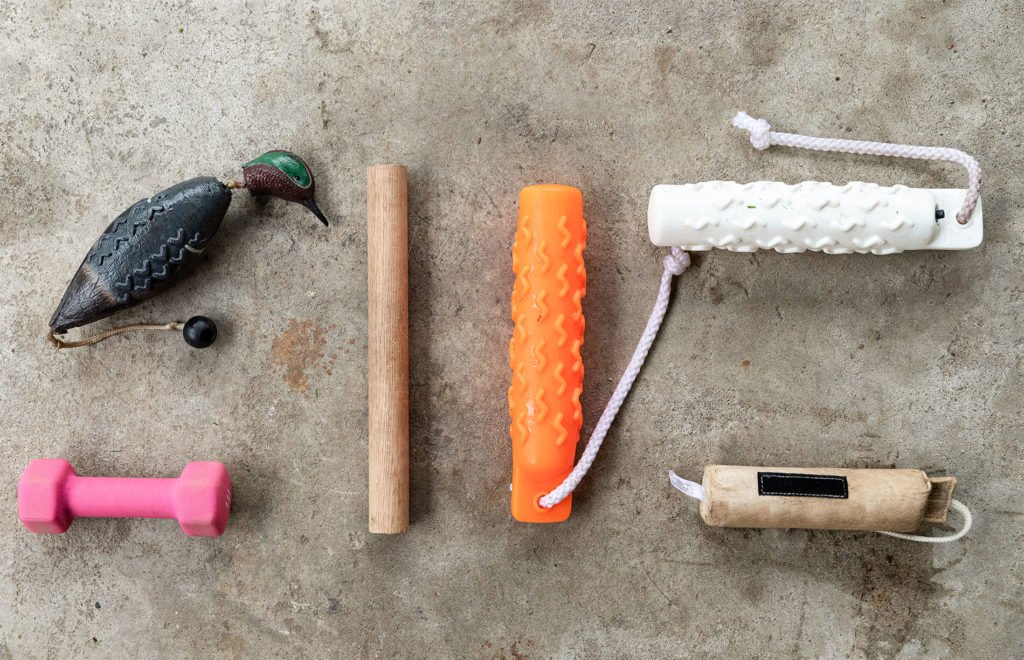
SW: These are the tools I used during hold training.
It is good to use several different sizes and weights to ensure your dog will be able to retrieve all kinds of game.

SW: One of Jäger’s favorite tools is a 3-pound dumbbell. Because he is a versatile gun dog and will be hunting waterfowl with me in the fall, I use this dumbbell to simulate the weight and awkwardness of a goose or other large bird.
It was difficult for him at first, but we stayed with it and now it is a huge confidence boost for him!
